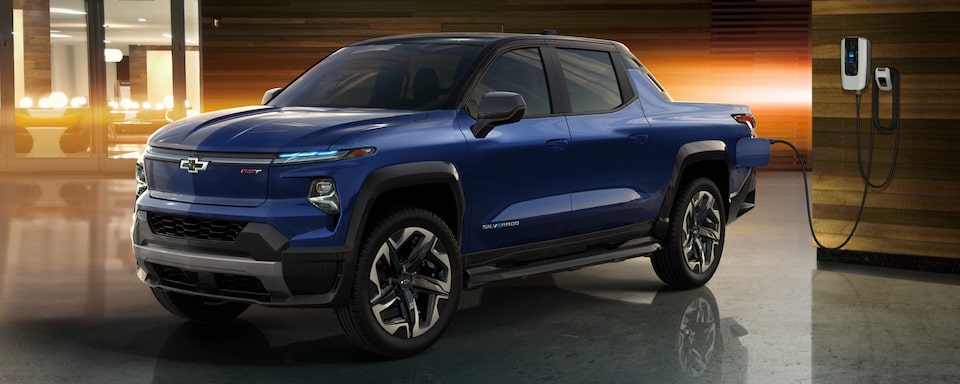I believe you're operating under some misapprehensions. The term NACS ("North American Charging Standard") is the name that Tesla applied, retroactively, to the Tesla plug they'd been using for a decade, since the introduction of the Model S. Although the name "NACS" was introduced about half a year ago, the plug itself hasn't changed. <snip>
<snip>
Tesla's NACS documentation is about the physical connectors. AFAIK, it says nothing about the communications protocols, and strongly implies that those protocols should be the CCS protocols. Thus, when (because I think it's now inevitable) the current CCS charging providers start adding native NACS plugs, they're likely to use the CCS communications protocols, not the Tesla communications protocols. (Caveat: It's conceivable that Tesla is negotiating with these network providers right now to open up or license its communications protocols, so this may be completely wrong.) Therefore, if you own an older Tesla and don't get the CCS protocol upgrade, you won't be able to charge with these future NACS plugs at non-Tesla DC fast chargers. <snip>
It's my understanding (but I may be wrong) that the older V2 Superchargers can use Tesla's protocols, but they lack support for the CCS communications protocols. At least in part because of Europe's standardization on CCS, though, Tesla added this support to the V3 Superchargers <snip> [but they] do still support the original Tesla communications protocol <snip> older non-CCS [Tesla] vehicles can charge on V3 Superchargers, after all.
<snip>




